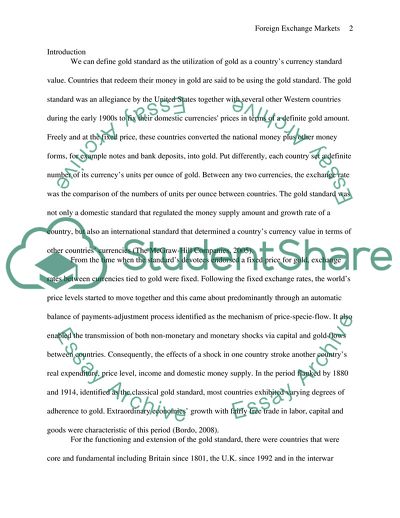Cite this document
(International Business - Foreign Exchange Markets Summary Essay Example | Topics and Well Written Essays - 1500 words, n.d.)
International Business - Foreign Exchange Markets Summary Essay Example | Topics and Well Written Essays - 1500 words. https://studentshare.org/macro-microeconomics/1733150-international-business-foreign-exchange-markets-summary
International Business - Foreign Exchange Markets Summary Essay Example | Topics and Well Written Essays - 1500 words. https://studentshare.org/macro-microeconomics/1733150-international-business-foreign-exchange-markets-summary
(International Business - Foreign Exchange Markets Summary Essay Example | Topics and Well Written Essays - 1500 Words)
International Business - Foreign Exchange Markets Summary Essay Example | Topics and Well Written Essays - 1500 Words. https://studentshare.org/macro-microeconomics/1733150-international-business-foreign-exchange-markets-summary.
International Business - Foreign Exchange Markets Summary Essay Example | Topics and Well Written Essays - 1500 Words. https://studentshare.org/macro-microeconomics/1733150-international-business-foreign-exchange-markets-summary.
“International Business - Foreign Exchange Markets Summary Essay Example | Topics and Well Written Essays - 1500 Words”. https://studentshare.org/macro-microeconomics/1733150-international-business-foreign-exchange-markets-summary.


